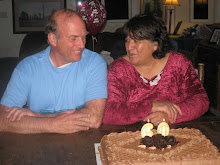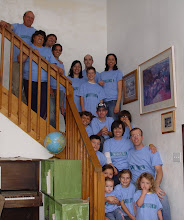I finally finished the book destined for the Worst Sellers list. What can one expect of a reference work only for linguists interested in the Uto-Aztecan language family? My first book (Morsels for the Mind) did much better: it made the Best Giveaway list, my wife says. Actually, Morsels sells well enough, being much more interesting for general audiences, and it only took a couple of years to write. But the big book took 25 years to write. It should have taken only five, but trying to find an hour here and there around a full-time job, raising a family, ecclesiastical commitments, and keeping an immaculate yard (tisk) is like a McDonald’s short-order cook trying to read. Nevertheless, it finally materialized, and all 30 people in the world who wanted one have bought a copy. So after 25 years of work, I didn’t lose much at all.
Uto-Aztecan: A Comparative Vocabulary addresses the cognate sets (related words) in the Uto-Aztecan (UA) language family, a group of 30 related languages from the Utes in the north to the Aztecs in the south, with the Hopi, Pima, and several other tribes in between. The last book on Uto-Aztecan cognate sets was published over 40 years ago (1967) by Wick Miller and had 514 cognate sets. This work has 2,600 cognate sets, five times as many. It has received very favorable comment from other Uto-Aztecanists (linguists knowledgeable in UA). Only five or six of us Uto-Aztecanists deal with the whole language family. Some are more brilliant than I am, but had other priorities, one died, another became ill, and so like a tortoise among hares, I plodded along, did more digging in the data than others, and wrote the book. To become one of the world’s foremost authorities in a field, it helps to pick a field that hardly anyone is interested in. Millions dream of playing pro ball. No one dreams of Uto-Aztecan.
Maybe it is the difference between making millions vs. losing only a little bit that leaves some fields wide open. Or maybe it is having to become familiar with 30 languages without knowing any well enough to speak that makes most wonder “what’s the point?” To some it may seem pointless, but like a huge jigsaw puzzle, as the picture begins to appear, language can illuminate the origins of the ancient people, much about their movements and history, and it becomes very exciting—more exciting than money, as is obvious from the amount of work vs. sales receipts. Yet while the field’s most notable noted the book as noteworthy, my grandsons put it all in perspective. They do well at computers, so I hired them to create the appendices for this book. The younger, being a Harry Potter fan and knowing that that book sold in the millions, asked how many copies of my book might sell. After my disappointing answer—“maybe 50”—the older said, “Well, I knew it ain’t no Harry Potter.” That sums it up. Maybe it should be a subtitle: It Ain’t No Harry Potter.
Subscribe to:
Posts (Atom)


